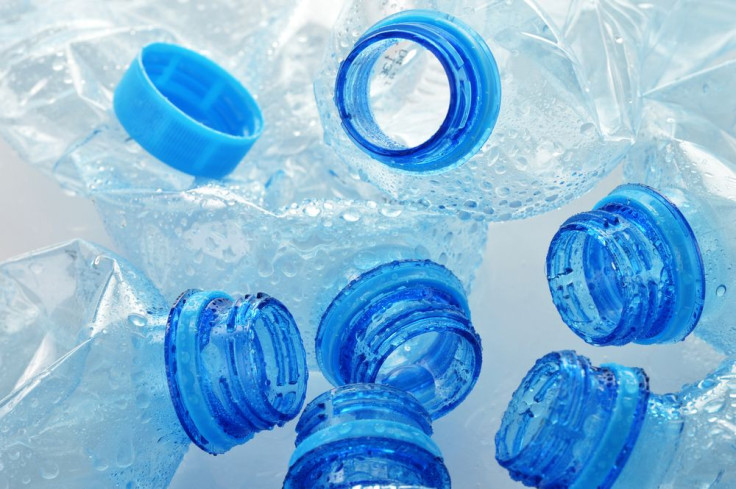Early Exposure To BPA In Plastic May Cause Overproduction Of Stem Cells, Resulting In Prostate Cancer

Using a prostate 'organoid' — essentially a mini prostate — grown from stem cells, scientists demonstrated how exposure to BPA (bisphenol A) may cause an overproduction of stem cells, ultimately increasing the risk of prostate cancer. The University of Illinois at Chicago researchers said the organoid model for testing disease is a first in their field.
“What we were doing originally with the human prostate stem cells is we were mixing and growing them in vivo,” Dr. Gail Prins, professor of physiology and director of the university’s andrology laboratory, told Medical Daily. “The idea to generate this organoid came from the first author, Esther Calderon-Gierszal; she was my graduate student. 'They’ve done it for other organs,' she thought. 'Let’s try it for a prostate.'”
The prostate gland, found only in men, makes semen, the fluid that carries sperm. Usually the size and shape of a walnut, it sits beneath the bladder and surrounds the urethra. As men grow older, they are under increasing threat of developing cancer or other maladies in their prostate. Despite a good deal of research, the underlying reasons for high rates of prostate disease are poorly understood.
One theory focuses on the gland’s unusual origins. Unlike other male sex glands, which rarely become diseased and develop (in the embryonic stage) from the mesodermal Wolffian ducts, the prostate gland arises from the endodermal urogenital sinus. The prostate's unique origin, the theory goes, contributes to higher disease susceptibility. Meanwhile, other studies indicate in utero exposure to the hormone estrogen may lead to an increased risk of prostate cancer later in life. As a result, scientists warn pregnant women against anything containing either estrogen or endocrine disrupting chemicals, which mimic the hormone.
BPA was first synthesized in 1891 and, nearly half a century later, it was identified as a synthetic estrogen — an endocrine disrupting chemical. However, BPA is used in a range of consumer products, including plastic food and beverage containers. As a result, the chemical and its metabolite are detectable in the blood of pregnant women and newborns, the urine of most adults and children, breast milk, amniotic fluid, cord blood, and fetal livers. In previous research, Prins and her colleagues used either an animal model or adult human prostate stem cells to show how exposure to BPA made prostate stem cells more likely to give rise to tissues showing signs of cancer.
For the new study, Prins and Calderon-Gierszal worked with an entirely new model to explore the same theory: a prostate organoid.
Model Perfect
Using a cocktail of hormones, the two researchers coaxed human embryonic stem cells to differentiate into various mature cells and form a prostate organoid. (This process is known as directed differentiation; it has been used to create intestinal, thyroid, and pancreas organoids.) About a millimeter in size, the organoid’s structure resembles a prostate, and though a miniature, it has all the biomarkers found in the actual adult organ.
When Prins and Calderon-Gierszal exposed the still-developing organoid to BPA, it grew an overabundance of prostate stem cells in 'nests' throughout the tissue. By comparison, a normal prostate gland has just a few stem cells dispersed throughout and these give rise to new prostate tissue over the course of a man's life. This atypical outcome, Prins stated, confirms previous results linking BPA to prostate cancer since, in any tissue or organ, an abnormally high number of stem cells could be a disease risk factor (as one recent study suggested).
“It’s not just a higher number of cells, but a higher number of stem cells,” Prins said. The more stem cells, she explained, the greater the likelihood they will “be a target for mutations.” This model, she theorized, demonstrates the underlying mechanism by which BPA increases the risk for prostate cancer.
Source: Calderon-Gierszal EL, Prins GS. Directed Differentiation of Human Embryonic Stem Cells into Prostate Organoids In Vitro and its Perturbation by Low-Dose Bisphenol A Exposure. PLOS ONE. 2015.



























